

SIR JAMES PERCY FITZPATRICK, K.C.M.G., was
a foremost statesman, politician, author and pioneer of the fruit industry. He
was born in King WiIIiam's Town, British Kaffraria (Cape Colony). South Africa,
on 24.7.1862.
His publications include THE OUTSPAN, THROUGH MASHONALAND WITH PICK AND PEN, THE TRANSVAAL FROM WITHIN, JOCK OF THE BUSHVELD, and SOUTH AFRICAN MEMORIES, which appeared posthumously.

He was the eldest son of James Coleman Fitzpatrick, Judge of the Supreme Court,
Cape Colony, and Jenny Fitzpatrick, both from Ireland. Of Judge Fitzpatrick's
four sons, two were killed in action: Tom in the Matabele Rebellion, and George
(serving with the I.L.H.) in the South African War. Percy Fitzpatrick was
educated at St. Gregory's College, Downside, England; later at St. Aidan's
College, Grahamstown and South African College School, Cape Town.

On his father's death (1880)
he left college in order to support his mother and her family. In 1882 he went
to the Eastern Transvaal goldfields where he worked his way - as store man,
prospector's hand, journalist and finally "transport rider" from
Lourenco Marques by ox-wagon to Lydenburg and Barberton. His adventures during
this time of his life, when he was pioneering in the Bushveld, are vividly
described in his book JOCK OF THE BUSHVELD which is generally accepted as South
Africa's classic. In the early 1900's he used to recount the adventures of his
dog Jock, in the form of bedtime stories to his four children.
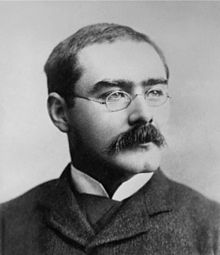
Rudyard Kipling,
an intimate friend, used to take part in these story telling evenings and he it
was who persuaded Fitzpatrick to put the stories together in book form. Having
done this, Fitzpatrick searched for a suitable artist to illustrate the book
and eventually came across Edmund Caldwell in London and brought him to South
Africa to visit the Bushveld and make the drawings on the spot. The book which
appeared in 1907 for the first time, was an immediate and overwhelming success,
being reprinted four times in that year. From that day it has remained a first
favourite in South Africa and is also widely read abroad. It has appeared in
several forms and languages and has altogether run through 91 editions and
impressions. In 1886 he married Elizabeth Lilian Cubitt (who was born in
Potchefstroom, Transvaal, 30th May, 1870), only daughter of pioneer John
Cubitt, who was killed during the S.A. Republic's campaign against the native
Chief, Sekukuni.
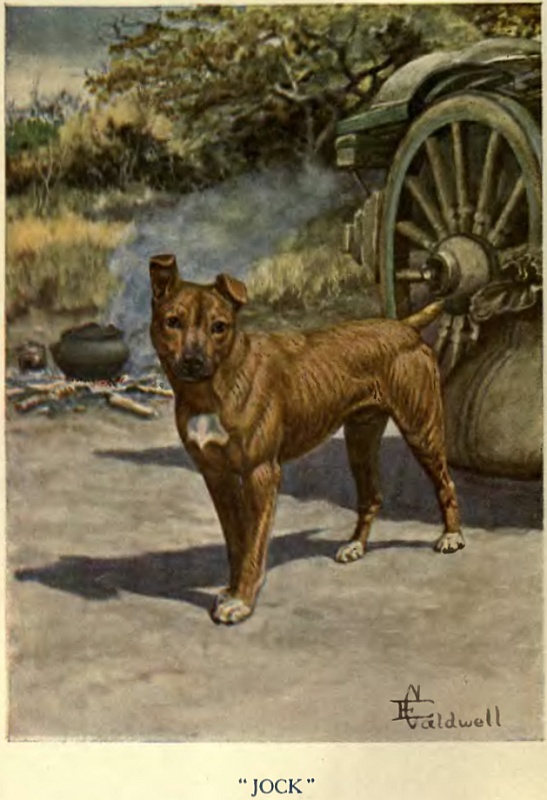

In 1889 Fitzpatrick went to the Witwatersrand and in 1891 led Lord Randolph
Churchill's expedition through Rhodesia (see THROUGH MASHONALAND WITH PICK AND
PEN) and prepared the way for Alfred Beit's journey to Lo Bengula's land. In
1892 he returned to the Rand as head of the Intelligence Department of Herman
Eckstein and Company (a branch of Wernher, Beit of London), afterwards famous
as the CORNER HOUSE.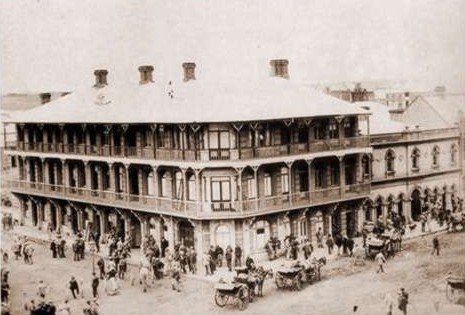

Under the Kruger regime, Fitzpatrick became a vital force behind the demand for franchise rights and citizen status for the Uitlanders, becoming secretary of the Reform Committee in 1895. He acted as intermediary between the Reform Committee on the Rand and Rhodes and Jameson at Groote Schuur. On the collapse of the Jameson Raid at Doornkop, Fitzpatrick (who declared that Jameson's precipitate action was absolutely against the wishes of the Reform Committee) was arrested with many others, imprisoned and tried for High Treason. (Imprisonment under bad conditions permanently affected his health). Bail was refused and FitzPatrick was sentenced to two years' imprisonment and to pay a fine of 2,000 pounds. However, he was released in May, 1896, being bound over not to take part in politics for three years.
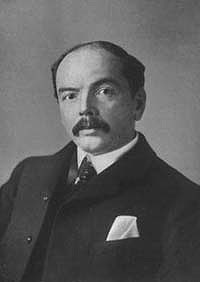

Debarred from politics he turned his energies to the development of the gold industry, becoming a partner in Herman Eckstein and Chairman of Rand Mines. One day, von Veldtheim, a desperado, made political overtures to him in his office while toying with a revolver in a sinister way; two days later Woolf Joel was shot dead in his office by the same man.

Meanwhile, Fitzpatrick was writing his personal, private record of public affairs in the Transvaal. In observance of his given word this book was withheld from publication until three years were up and it appeared in September, 1899, one month before the outbreak of hostilities. THE TRANSVAAL FROM WITHIN was an immediate and overwhelming success running through seven large editions in four months. Alfred Harmsworth (afterwards Lord Northcliff) offered FitzPatrick the editorship of the London DAILY MAIL "on your own terms", but the offer was declined, although FitzPatrick did much editorial work for Harmsworth over the following few months.
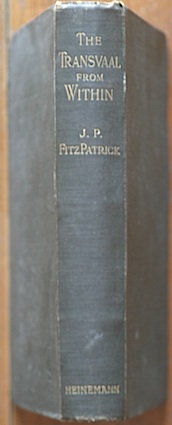
On the outbreak of war, Fitzpatrick directed the establishment of the Imperial Light Horse. A commission was offered to him but Lord Salisbury (the British Prime Minister) and Lord Balfour made urgent personal appeals to him to remain in England as extra Official Adviser on South African Affairs to the British Government, and, as such, was frequently consulted by the War Office, his knowledge of topography throughout South Africa being unique. A breakdown in health kept him from active service with the I.L.H.

When the war ended, Fitzpatrick threw all his energies into the reconstruction
of the Transvaal and Orange River Colonies and also began to turn his mind to
unification. He was an unofficial member of the Transvaal Legislative Council
and served on the Inter-Colonial Council which was responsible for the S.A.
Railways. He was knighted for these services in 1902. He later became President
of the Chamber of Mines.
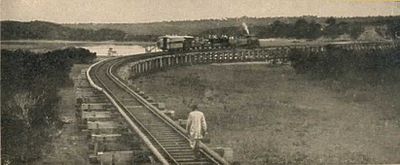
FitzPatrick played a great part in the creation of the Union of South Africa as a delegate from the Transvaal to the National Convention. He acted as liaison between Generals Botha and Smuts and the Transvaal; and he and General Hertzog, in private, worked out the agreement for full language equality.
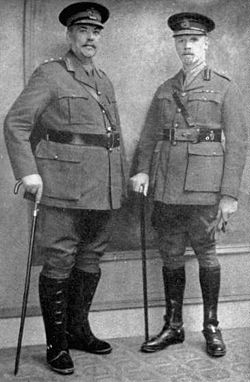

During his parliamentary career he successfully fought two memorable elections in defence of his Pretoria seat - first in 1906 against Sir Richard Solomon, and again in 1910 against General Botha, the Prime Minister of the first Union Parliament. He was created K.C.M.G. in 1910.

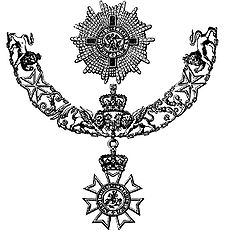
During the 1914/18 War FitzPatrick was sent by General Smuts on a country-wide tour, lecturing on the reasons and causes of the war. When it ended he conceived the idea of the TWO MINUTES SILENCE on Armistice Day, and the suggestion was adopted and acknowledged by King George V. The idea of the National South African War Memorial at Delville Wood was his and he was Chairman of that committee.
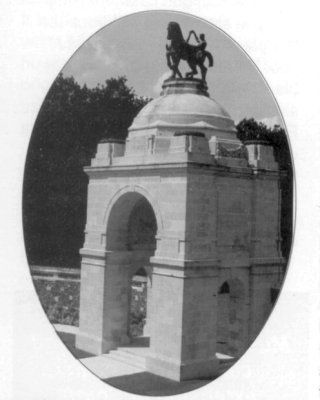

FitzPatrick, ever since he met H. E. V. Pickstone in 1885, had been keenly interested in Land Settlement, and after the 1914/1918 War he gave up all public commitments to work for this. Realising its potentialities for a citrus growing project in the Sundays River Valley he and his friends spent 450,000 pounds (R900,000) on developing for irrigation 5.000 acres in the lower valley. He visited America to study citrus culture and introduced to South Africa the practice of bud-selection in the propagation of citrus trees, importing many new varieties. He also introduced modern pack-house machinery and, with H. E. V. Pickstone, was the driving force behind the cooperative movement and the formation of the S.A. Co-operative Citrus Exchange.

Fitzpatrick had a most engaging personality and a sunny and optimistic nature, but his later life was clouded by a series of personal tragedies. His wife died in 1923. His eldest son, Nugent, had been killed in France in 1917 and his other two sons died within a week of each other at Christmas 1927: Alan from an accident in Johannesburg and Oliver from typhoid fever in Mexico. This left him only his daughter who married in 1923 to Jack Niven. (They had three sons: Patrick, Dan and Desmond).

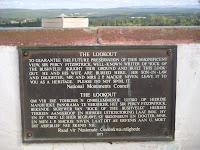


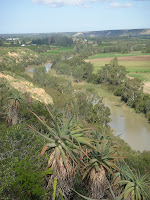
These tragic blows, though
borne with great courage, shortened his life and he died at Amanzi in
January 1931 at the age of sixty-nine. He is buried on The Outlook overlooking
the Sundays River Valley. His burial place has been declared a National
Monument.
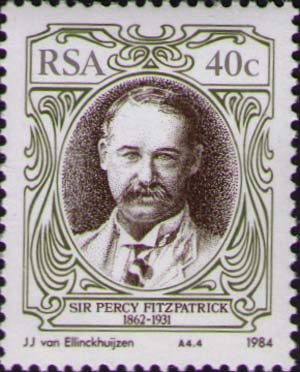

Taken from: http://www.umjindi.org/pages/history/history_personalities_percy_fitzpatric.htm [24.07.2013]
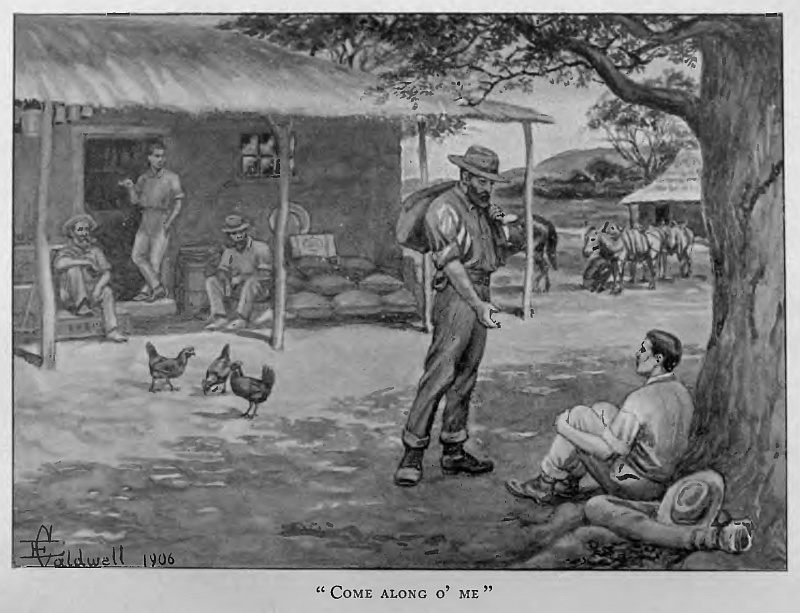
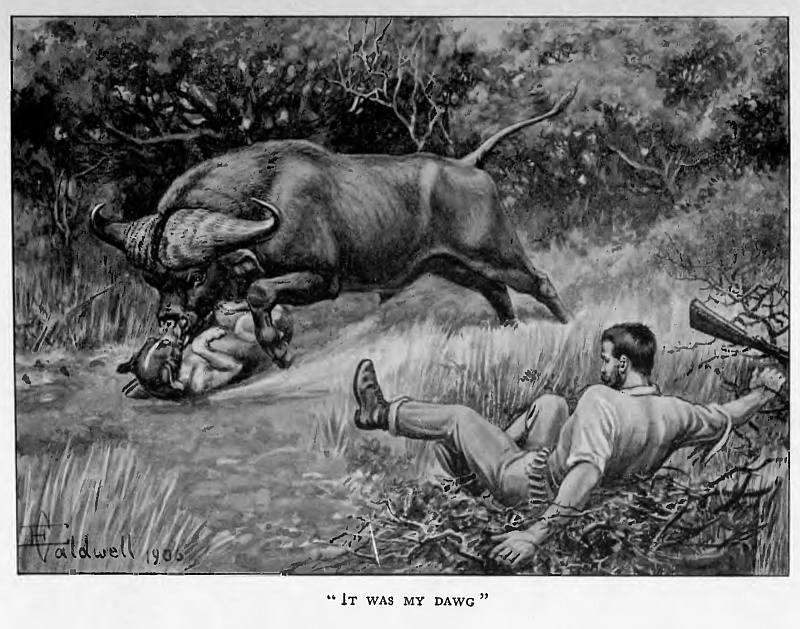
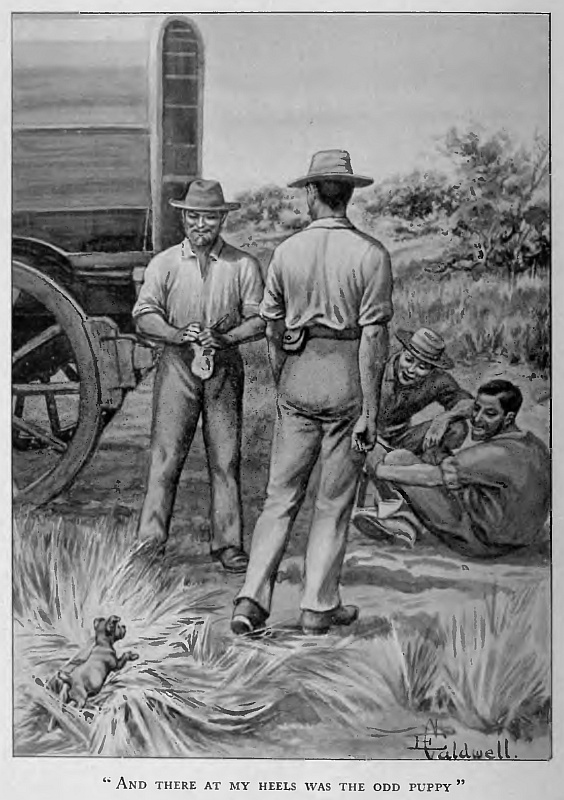
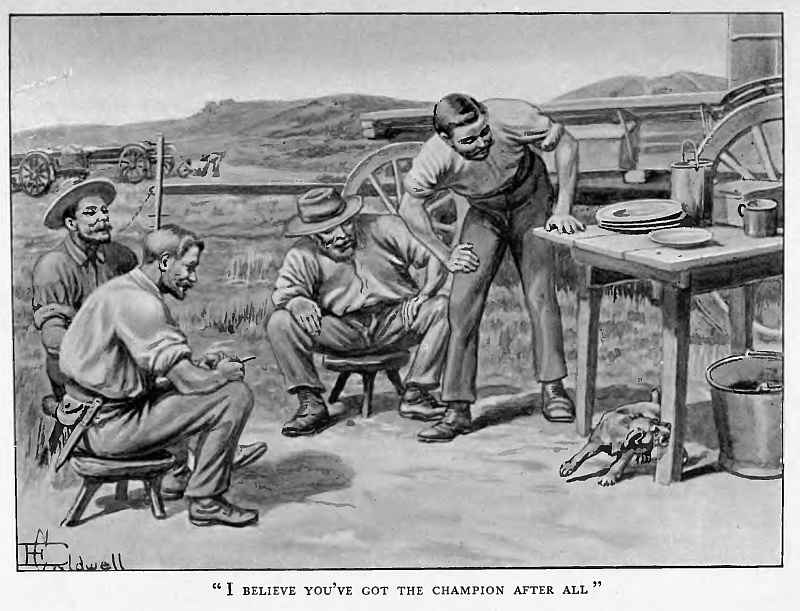
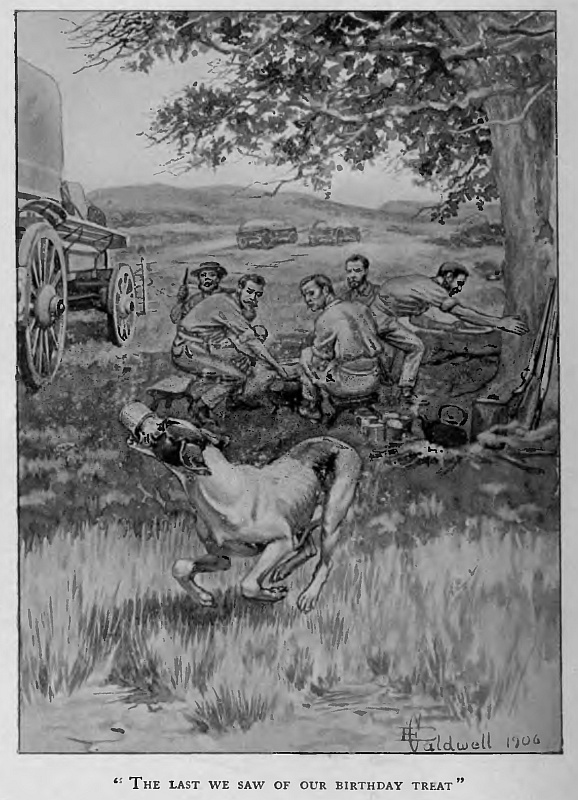
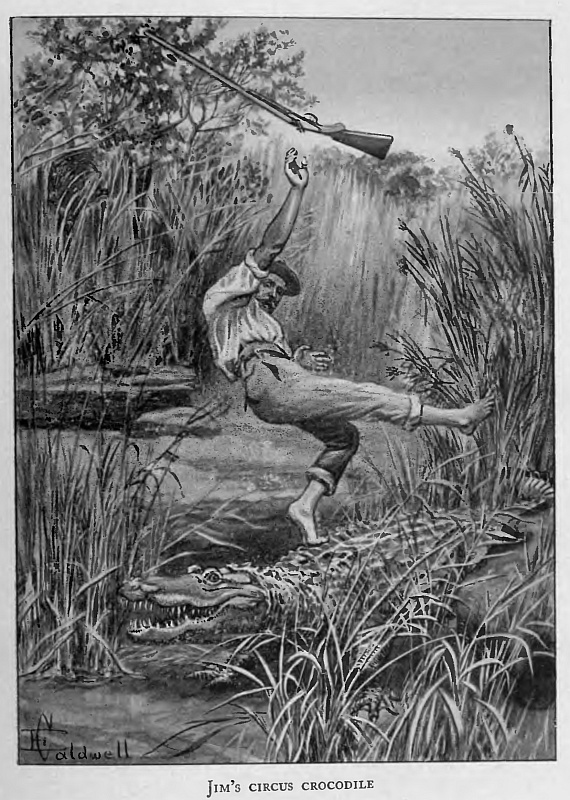
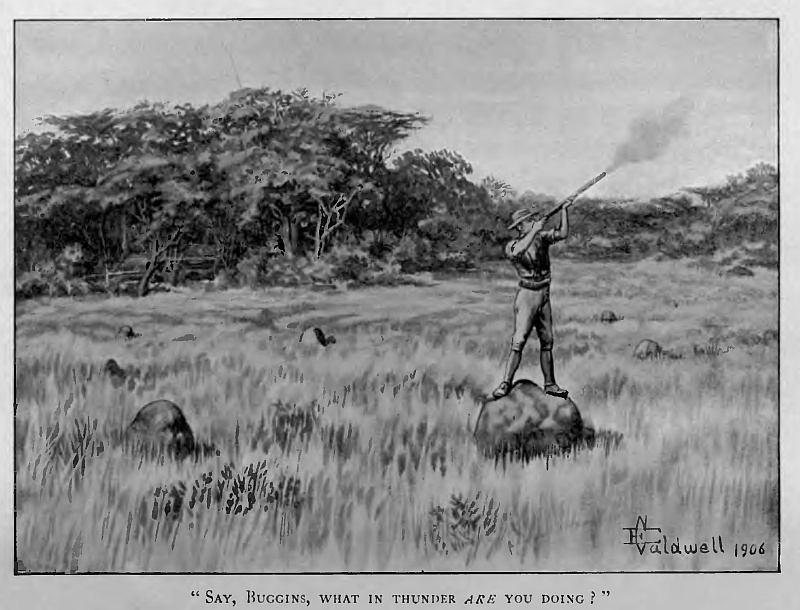
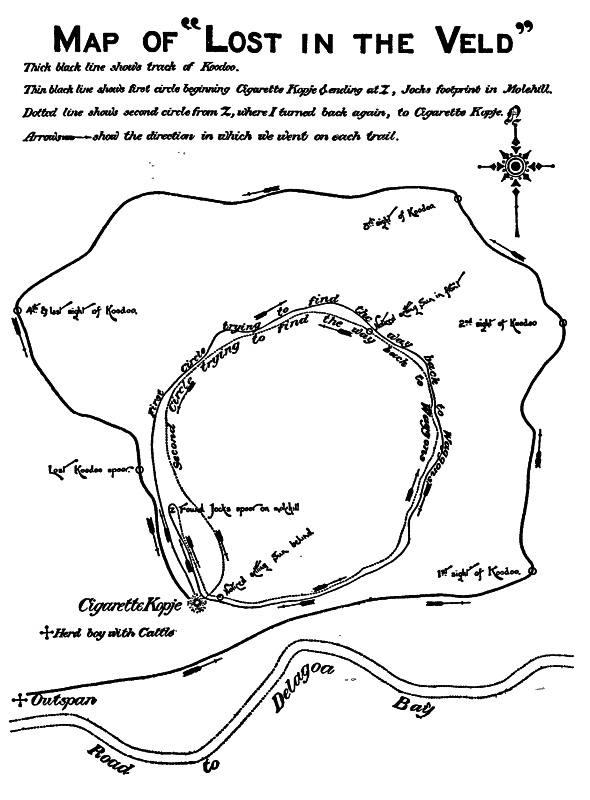
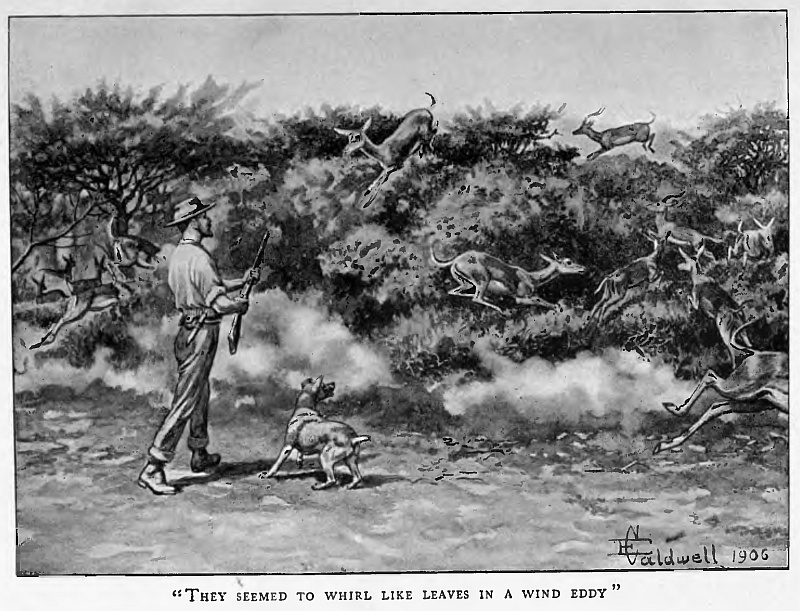

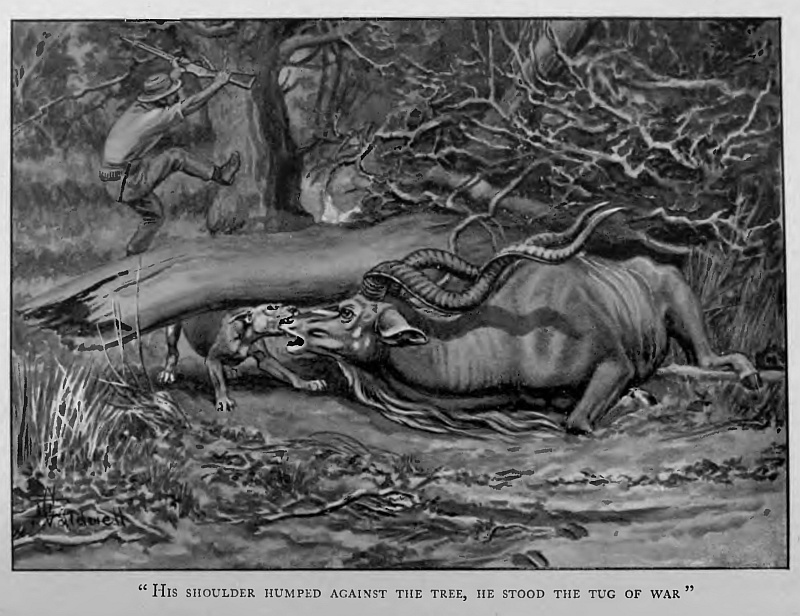
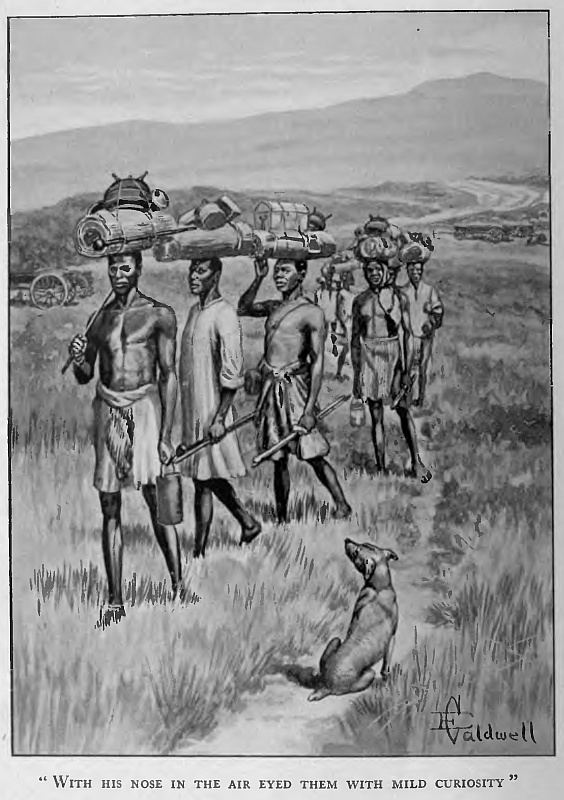
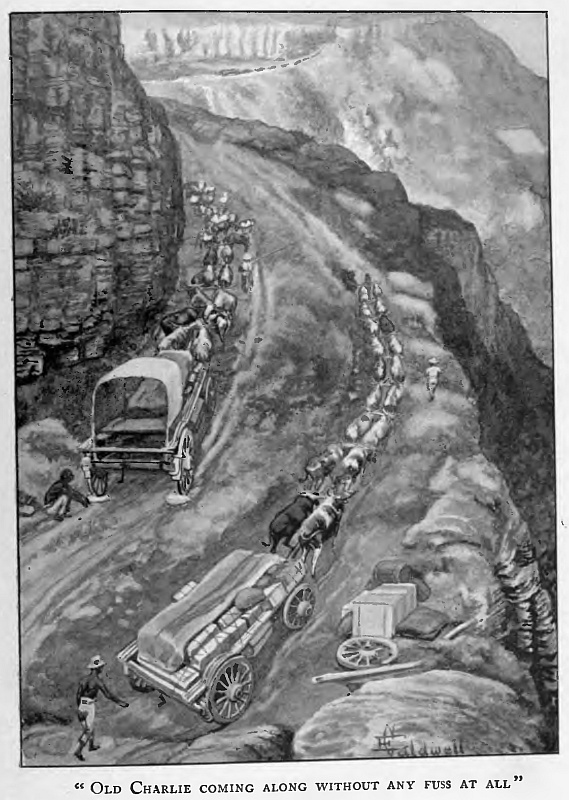
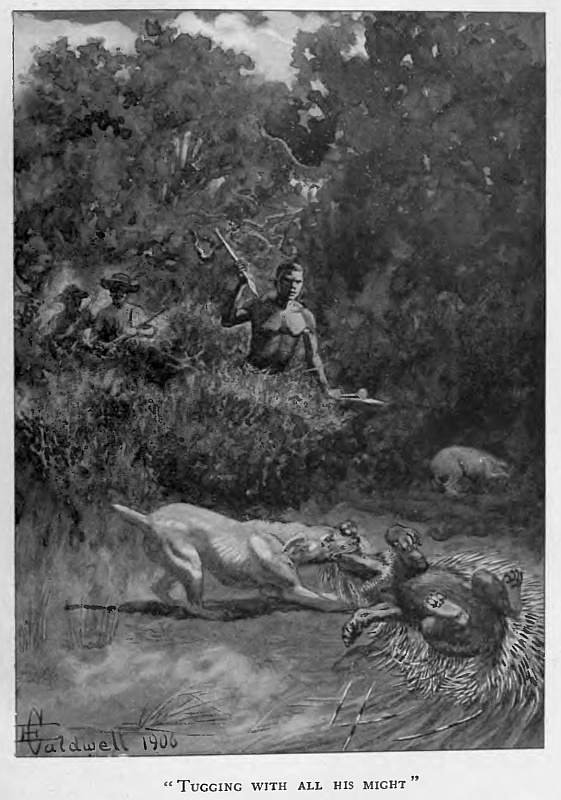
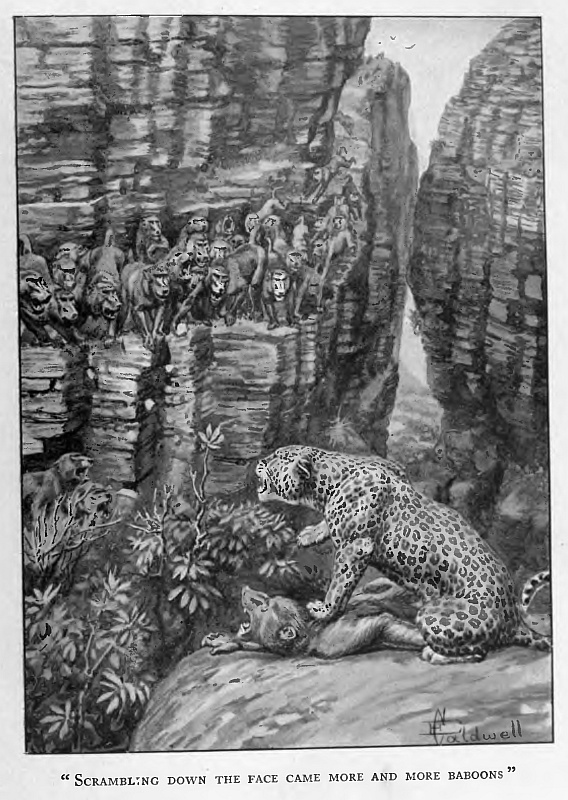
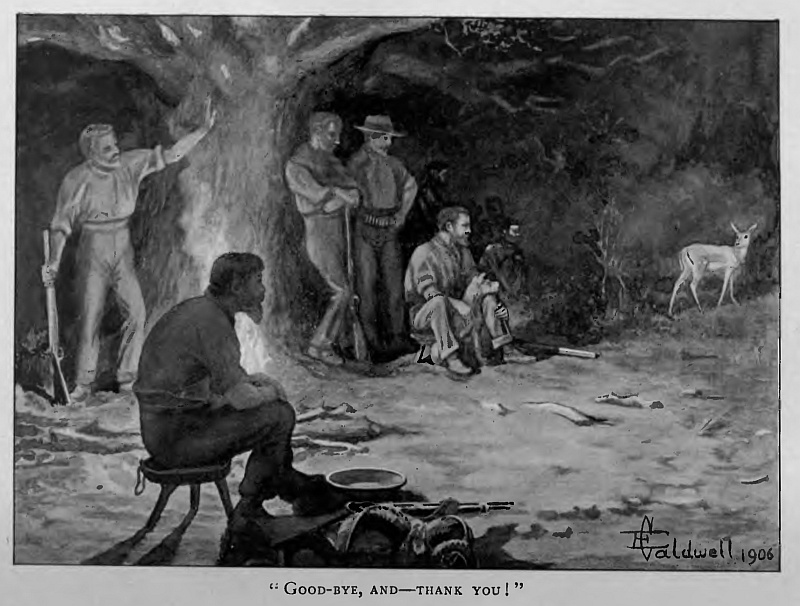
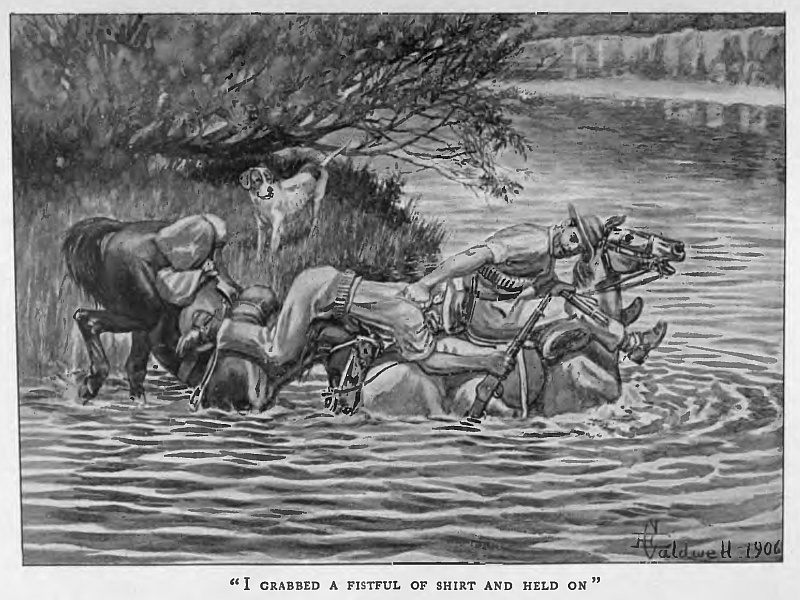

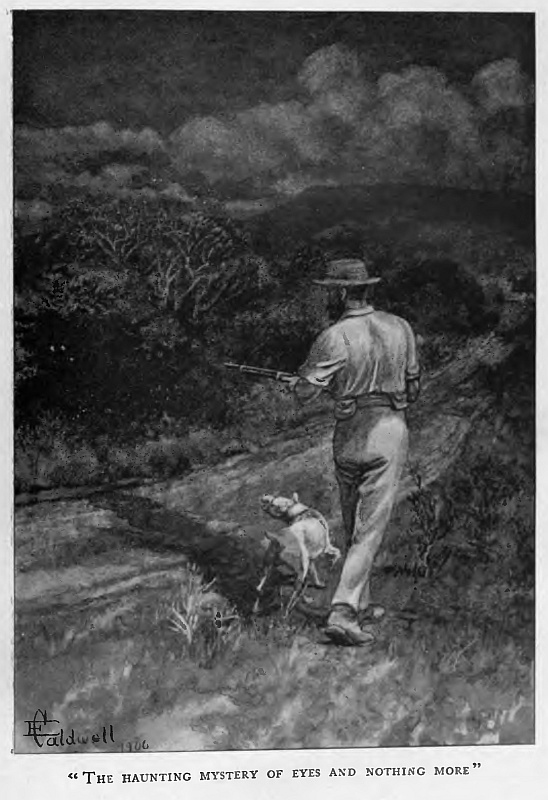
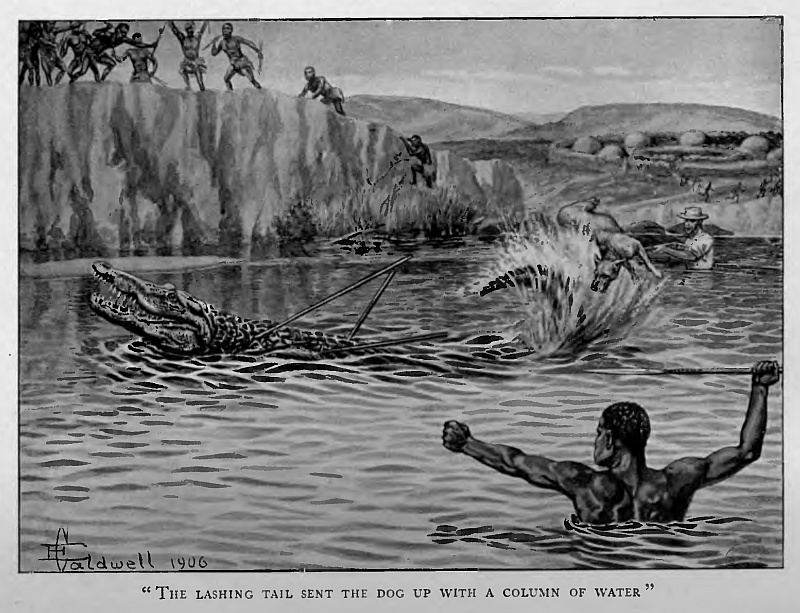

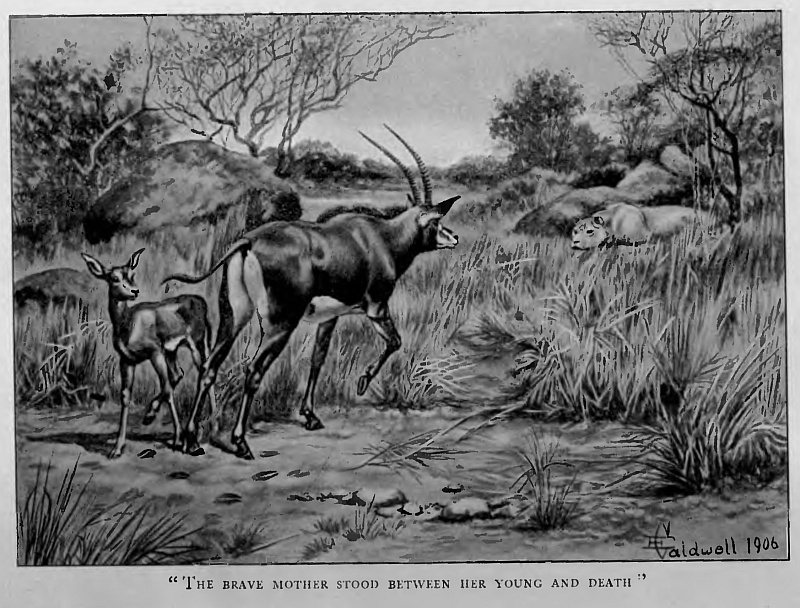
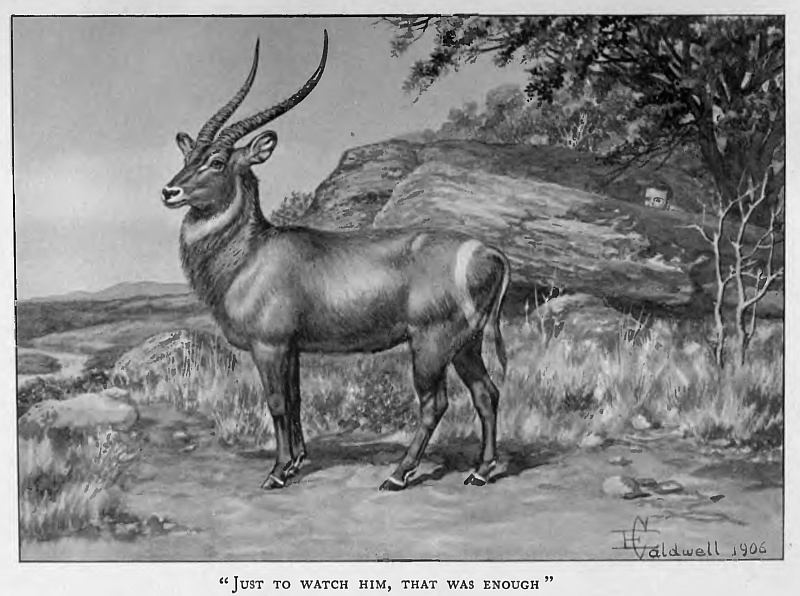


No comments:
Post a Comment